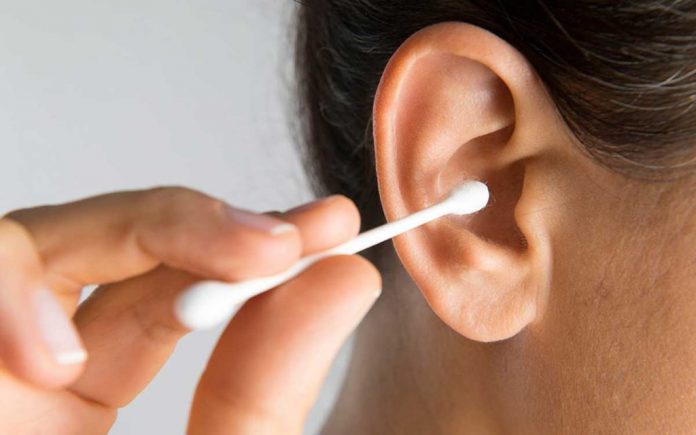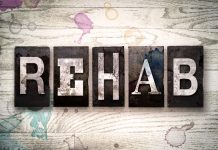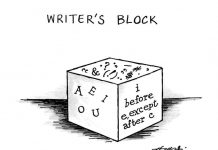Ear wax is a natural substance necessary for the proper functioning of the ear, but overproduction can lead to an ear wax blockage. This article provides an overview of the functions of ear wax and methods of ear wax removal.
What is Ear Wax For?
Ear wax is a mixture of dead skin cells shed from the inside of the ear and fatty substances secreted from glands in the ear canal. Aided by movements of the jaw during speaking and eating, newly formed wax moves gradually down the ear canal to the outer ear, where it exits the body as dry flakes.
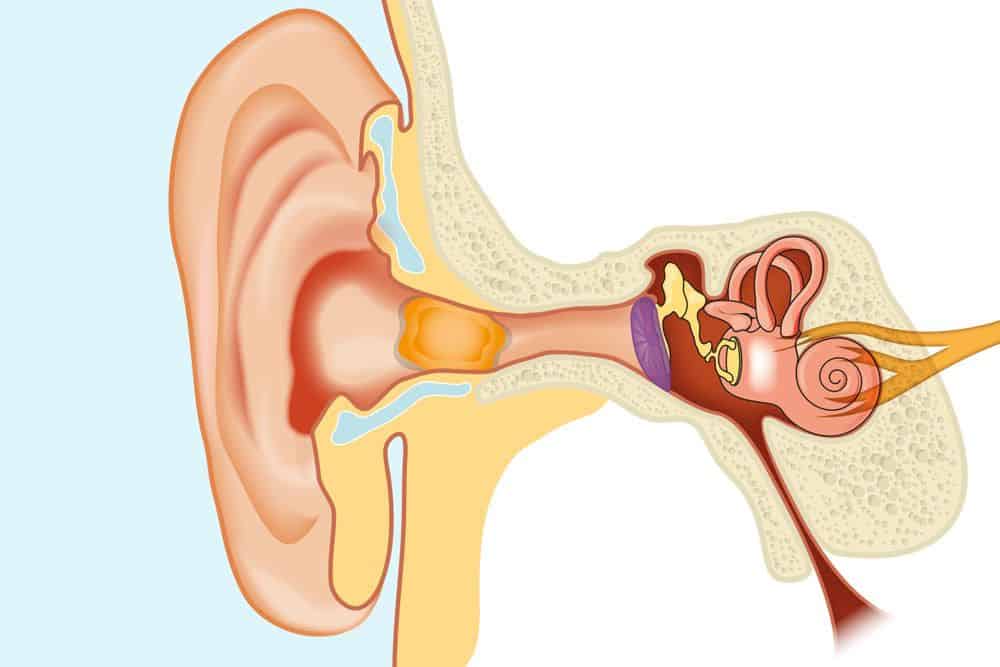
Ear wax has three main functions.
- As it works its way down the ear canal, ear wax collects particles of dirt and dust that have entered the ear and transports them back outside the body. This helps to keep the ear canal clean and free from irritants.
- The oils in ear wax provide lubrication for the ear canal. People who produce too little ear wax tend to suffer from dry, itchy ears.
- Certain substances in ear wax slow the growth of bacteria and fungi, helping to prevent ear infections.
Ear Wax Blockage Problems
Ear wax production is natural and important for the healthy functioning of the ear. In many people, however, and especially in the elderly, excessive ear wax can cause problems. A solid mass of impacted ear wax may block the passage of sound waves through the ear, leading to impaired hearing. Dizziness, earache and tinnitus may also occur. In severe cases, hearing loss due to an ear wax blockage can lead to stress, social isolation and depression.
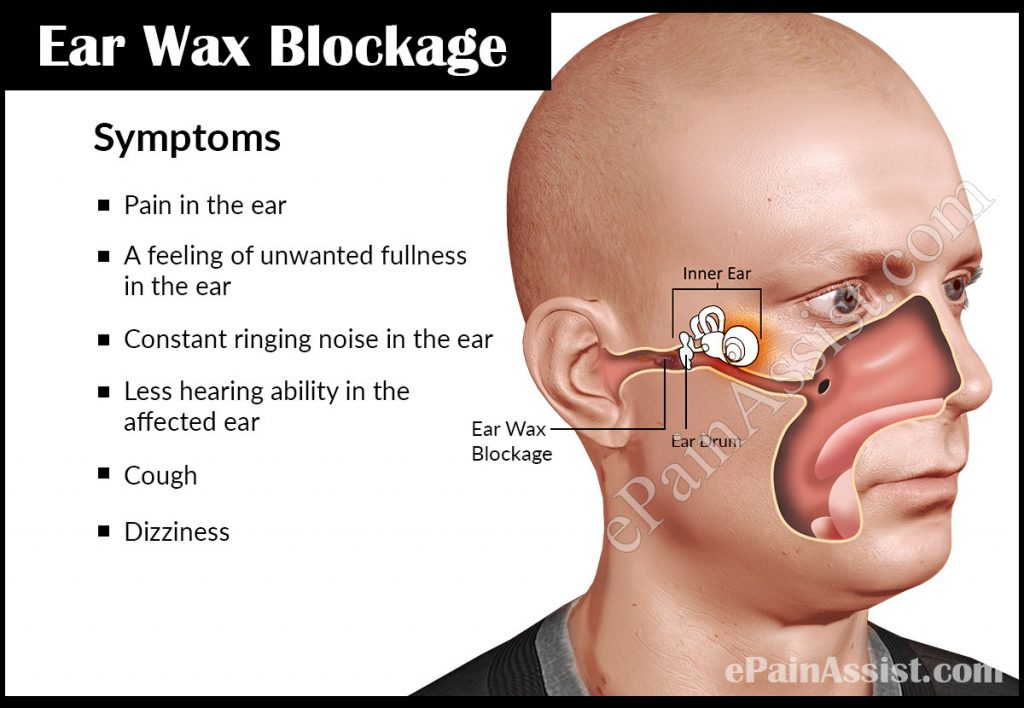
The operation of hearing aids worn inside the ear may be affected by excessive ear wax.
Various methods – some ineffective, or even dangerous – are used for ear wax removal, including:
- washing out the blockage using an ear syringe (the most popular method among general practitioners in the UK)
- use of ear drops to soften impacted wax
- home remedies such as olive oil
- cotton swabs or buds (not recommended due to risks of eardrum damage and infection)
- ear candling using beeswax ear candles (shown to be ineffective and potentially unsafe; may do more harm than good)
- removal by an ear specialist using instruments such as an ear pick, ear spoon or vacuum.
Dangers of Ear Wax Removal
It is vital to remember that insertion of any object into the ear carries a risk of damaging or even rupturing the eardrum. This will lead to hearing loss and may require surgery to repair. If an ear wax blockage is so severe that it is impairing hearing, it is best to consult a health professional before embarking on a potentially dangerous home removal technique.


